This week I attended the Eater Talks session at the Ace Hotel on how Instagram has changed the way we look at dining experiences. Led by the Eater Editor, Adam Coghlan the panel was made up of food writers George Reynolds and Felicity Spector and PR specialist Frankie Reddin. The conversation ranged across many aspects of social media and its interaction with the London restaurant scene (two subjects very close to my heart).
The impact of Instagram
Many restaurants become overnight sensations due to that one Instagram-worthy dish: the katsu sando at Bright or the cronut at Dominique Ansel Bakery. If people go there to eat it – and snap it – it’s a destination dish.
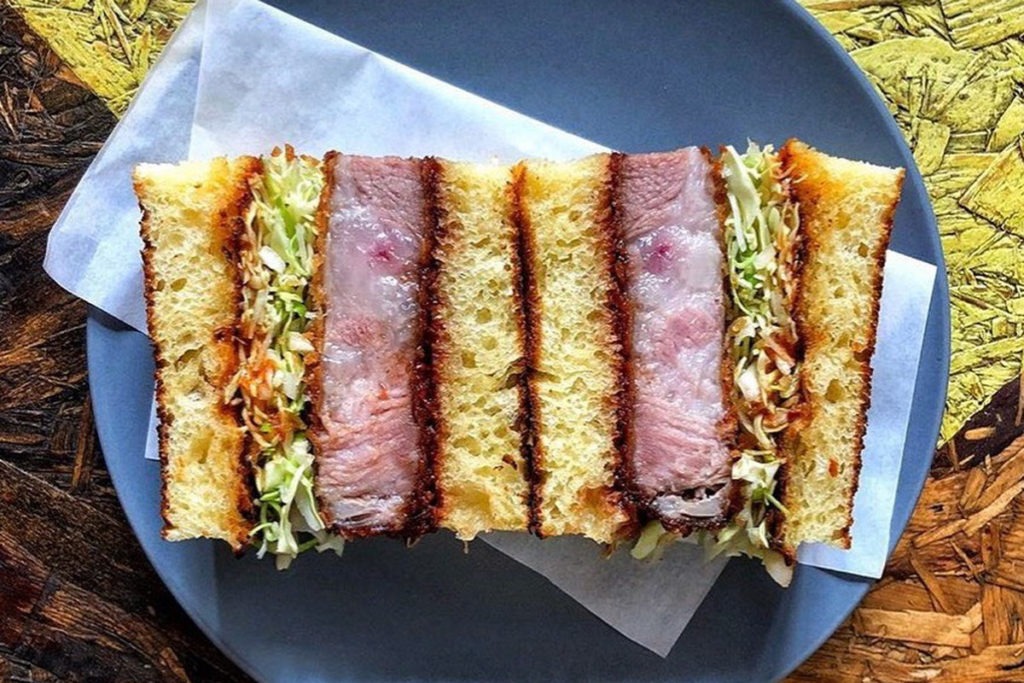
The democratisation of dining
And in many ways Instagram has led to the democratisation of dining – anyone with a few quid can have that lusted after pastrami Reuben from Monty’s deli or Easter chick buns from Bao. And to an extent, smaller, less established restaurateurs can gain traction by growing a genuine community of fans and delivering lust-worthy – and shareable – food imagery.
Some establishments even use Instagram where traditionally a website would function – to take bookings or demonstrate their daily menu – Jolene is one such whose regularly updated menu is featured on their Instagram profile rather than their website. Rawduck used Instagram to let fans know they were closing their original venue.
The supremacy of photography and the death of surprise
There are downsides too to this love affair between restaurants and Instagram. When photography is king what happens to the tasty-yet-ugly dishes? Are non-Instagram friendly dishes being forsaken?
And while it’s easier to see what’s trending across the trendiest of London dining venues with one swipe of the finger, chefs like René Redzepi of Noma have decried Instagram for robbing his diners of the surprise and delight of experiencing his dishes for the first time in the restaurant rather than on screen.
The future of food criticism
The panel conversation – unsurprisingly given the food journalists present – also turned towards the future of food criticism. Is Instagram as a visual platform more geared towards positivity rather than analysis? Is it inherently more likely to attract the typical gushing over the latest it-food without any thoughtful critique?
And when professional food journalists with their interest in ethics, accuracy and fairness are being, at least in part, supplanted by bloggers and influencers who have no such grounding – and are more interested in a repeat invite and free meal rather than genuinely analysing the offering – then does Instagram food dialogue necessarily turn into a meaningless circle jerk?
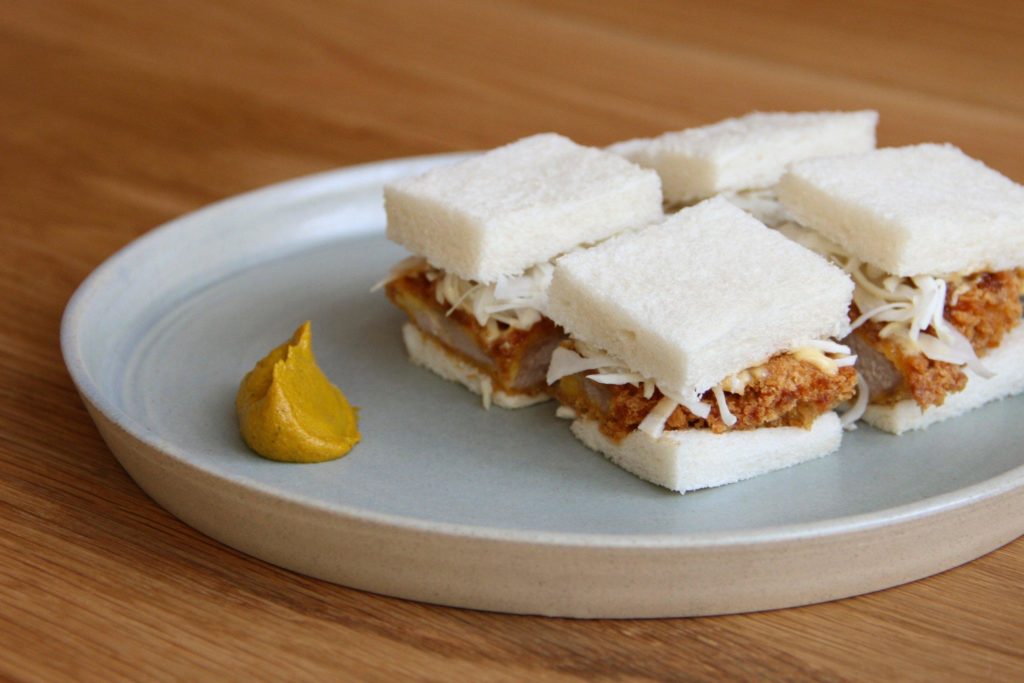
Influencer marketing and food
Of course, the upside of this upsetting of the old guard of restaurant reviewing argument is that the fairly closed and generally white and middle-class inner circle of traditional food journalism is being punctured by a new wave of more diverse voices, tastes and opinions.
And then there’s the influencers themselves – we know that audiences are becoming inured of the endless parade of perfect pictures and gushing endorsements taking over their newsfeeds. This content is increasingly seen as inauthentic and unoriginal. Consumers increasingly want something that feels more real, more relatable and more attainable than the classic Instagram fodder of perfect avocado-based brunches, Millennial pink décor and designer outfits.
The danger of the social media crisis
What was not spoken about in as much detail was the other side of the coin for restaurants – the dangers social media poses. What happens when a scandal breaks out? We’ve seen several recent falls from grace from claims of racism from (now ex-)Som Saa chef to #metoo accusations pertaining to celebrity chefs. Restaurants are no different to any other industry – and social media leaves nowhere to hide when impropriety comes to light.
Social media campaigns can also go wrong – do you remember Gourmet Burger Kitchen’s regrettable curry burger effort which involved harassing Indian restaurant proprietors on Brick Lane? Or when Nincomsoup very inadvisably made a ‘Soup Nazi’ reference?
Take-aways
So what is the upshot for those in the food industry? There are a few key ‘take aways:’
- Picture-perfect food is important – but taste equally so. Instagram can build hype but only quality can build loyalty – especially in an industry so dominated by novelty.
- Use Instagram to go beyond the picture-perfect dish – use the grid and Stories to build an emotional connection, show what happens behind the scenes, the providence of the ingredients and more.
- Build a genuine community of influential people who really love what you do. It’s important to go beyond the inauthentic endorsements of mega-influencers and connect with your true fans of all follower counts.
- In the event of a crisis act quick. Be decisive, honest and transparent.
Ad content is becoming more and more interactive on social media channels. First there were playable ads on Facebook, and now Instagram Stories can feature polls within sponsored posts. This has been introduced with the aim of increasing brand engagement within the huge 500m+ Instagram community.
Instagram have included this new feature because their interactive content in organic stories works so well, with 60% of businesses using poll stickers, hashtags and mentions currently.
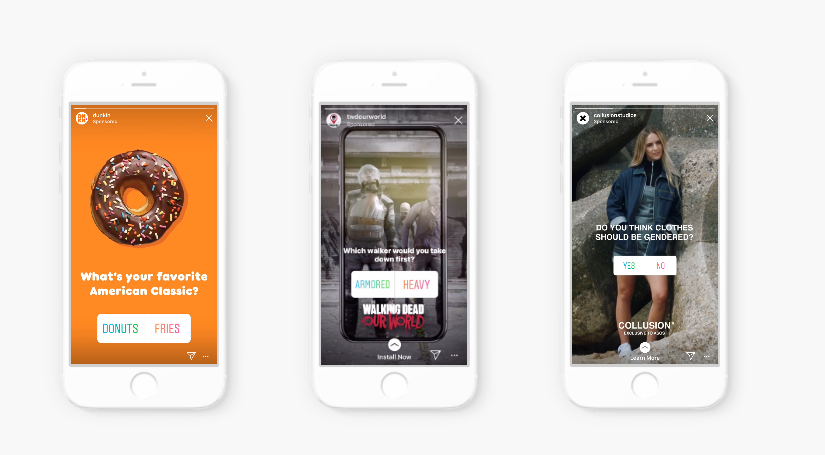
Helping brands to create more engaging content
Sponsored Stories polls will help companies create more engaging content. By giving current followers and new audiences a chance to react to their content, brands can build better connections and gain a better understanding of the kinds of content their audiences want. These interactive elements allow direct participation in the shared expression, enabling brands to understand their audience’s needs and opinions.
Not only do they encourage ad interaction, but it has been proven by Instagram in 9 out of 10 beta tests that three-second video views increased when using the polling sticker. 1 beta example was Dunkin’ who asked users ‘What’s your favourite American classic?’ questioning ‘Donuts’ or ‘Fries’. This simple technique helped to achieve a 20% lower cost-per video-view with users watching willingly for longer.
Using the new sponsored stories polls feature on Instagram is simple. When creating an Instagram Stories campaign upload your creative, edit your ad’s text and you will be given the option to Add an interactive poll. It’s as easy as that!
So, spark a conversation with your community, find out insights first hand or even co-create a product – get your target audience engaged.
On 23rd January the Competition and Markets Authority (CMA) announced a set of guidelines for influencers. The guidance centres around transparency in influencer marketing – an issue that the industry has been plagued by for some time.
The CMA guidelines set out what influencers need to do to be transparent with their followers when working with brands.
Influencer and brand relationships
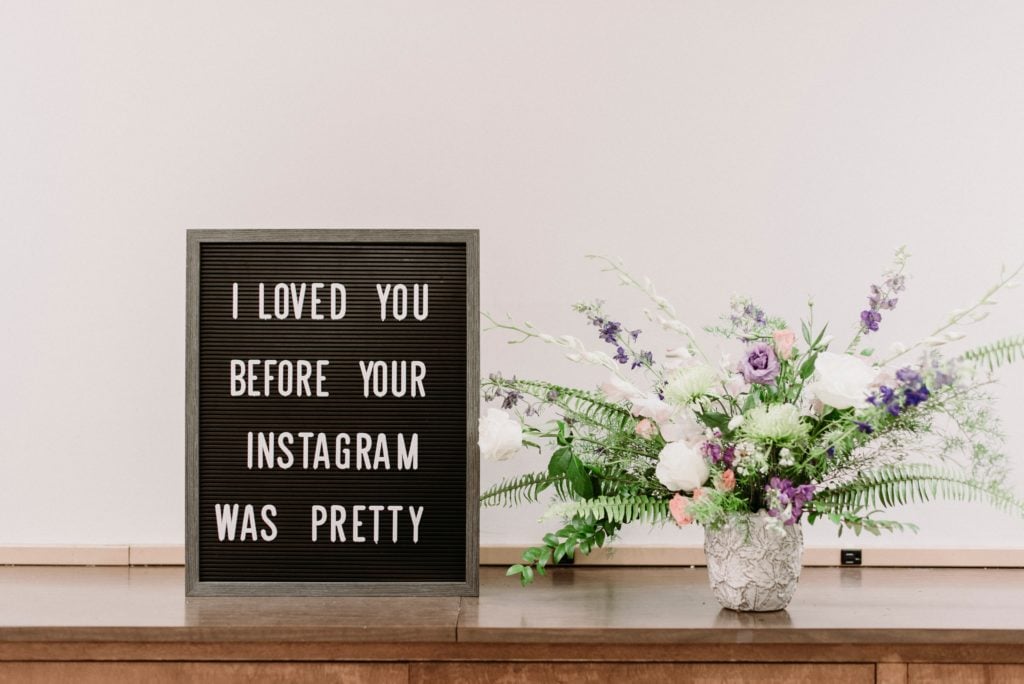
If influencers are working with brands, they must be clear about it to their followers.
- Influencers must say when they’ve been paid, given or loaned things. This includes receiving freebies.
- Influencers must be clear about their relationship with a brand or business. This includes past relationships too. If influencers have done paid work
for, or received free products or other incentives from a brand or business within the last year, this must be made clear when the influencer refers to the brand in their content.
What influencers need to do
There is no hard-and-fast legal requirement that each piece of sponsored content must contain – the CMA has left this open to the influencer to some degree to account for the fact that social media changes and evolves so quickly. However, it does state that influencers must let their followers know when content is affiliated with a brand.
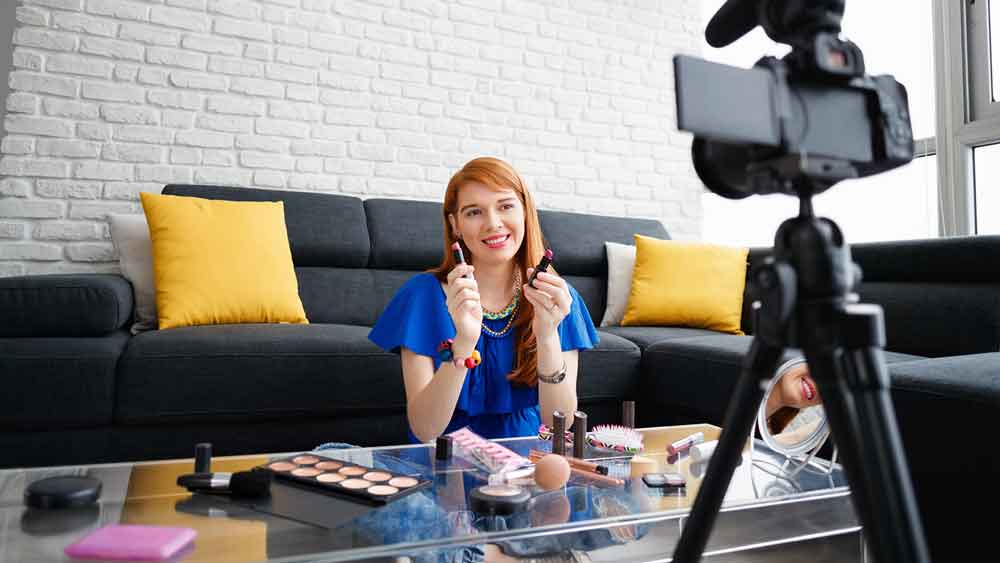
Content relating to brands must be:
- Transparent, easy to understand, unambiguous, timely and prominent
- Clearly apparent without the viewer having to click for further information.
You can read the full CMA guidelines to find out what is or isn’t considered acceptable.
What brands need to do
While the onus is on the influencer to make the brand relationship clear in their content, brands risk damage to their reputation if influencers they work with don’t follow the CMA guidelines.
It’s important for brands to stipulate the requirements when drawing up contracts with influencers, or when sending freebies or other items for influencers to try. This covers brands legally if influencers do flout the rules and

Why it’s important for brands to uphold the guidelines
Advertisers and influencers rarely set out to deceive, but brands and agencies need to ensure both parties are following the guidelines to the letter. Before beginning a new relationship with any influencer, agencies must ensure that all agreements cite the CMA guidelines. This way influencers understand their responsibilities to declare the relationship, not just during the scope of work but into the future as well.
Oh no, here we go. A core millennial trying to understand an app they don’t even use in a desperate attempt to explain the baffling behaviour of today’s youth and stay relevant. Right, let’s get to it.
What is TikTok?
TikTok is an app. A music video app. A short music video app that kids like. Ok fine, it’s kind of like Vine but you can edit the videos more and it’s more interactive. I think. I never even used Vine.
What does TikTok do?
Users create 15-second videos backed to music. Most commonly the videos include lip-syncing to popular songs and adding effects. TikTok challenges are hugely popular, as are internet jokes, memes and other trends which emerge on the platform organically.
Dancing, gymnastics, cheerleading, comedy and other creative outlets are also popular. Much like Facebook, Instagram and other popular social media channels, its usage has evolved as its fans find new and creative ways to express themselves on the channel.
TikTok has even spawned its own sub-culture, “
Where did TikTok originate?
TikTok is a merger of the app Musical.ly which launched in 2014, before being acquired by ByteDance in November 2017 for a reported $1 billion. ByteDance already owned TikTok, which launched in China in 2016. While Musical.ly was popular in the Americas and Europe, TikTik dominated in Asia. By merging the two, the app gained a global reach while retaining the features users love.
Just to make things even more confusing for us oldies, TikTok remains a standalone app in China, going by the name Duoyin to abide by China’s restrictive internet rules.
So, Musical.ly is now TikTok, TikTok is still TikTok, and
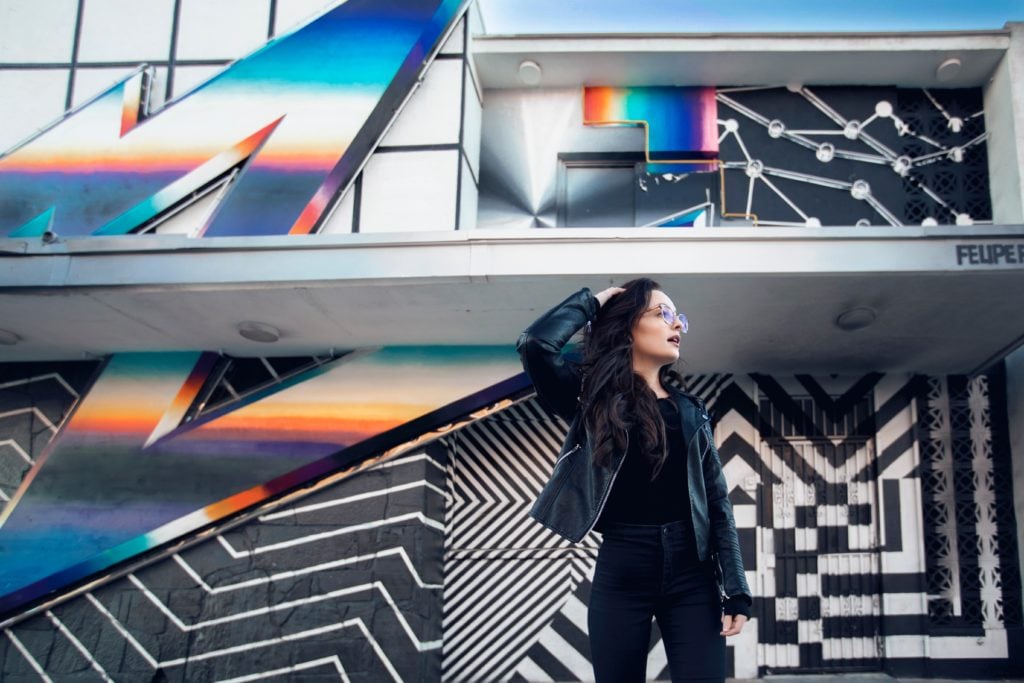
Why TikTok is good
Tech Crunch have called Tik Tok “the Instagram for the mobile video age” – it’s has made video editing simple and accessible in the same way Instagram did with image editing seven years ago. Gen Z love video content – they watch an average of 68 videos a day.
As TikTok is a relatively new player on the social media scene, it still has the coolness that Facebook lost years ago. It has yet to be embroiled in any major scandals (scam festivals, election rigging or hate speech) meaning it’s still viewed with rose-tinted optimism by its fans and users.
Unlike Insta and Facebook, there’s less pressure to present an image of perfection. Kids can be kids on TikTok – awkward and imperfect and
TikTok hasn’t yet been flooded by brands, adverts and influencers. The content people create is genuine, innocent and refreshingly wholesome in a social media landscape which is overrun with rabidly polarised arguments, disingenuous weight-loss supplement promotions and
That’s not to say that TikTok won’t eventually become just another Facebook or Instagram with its own brand of adverts and influencers, as there are plans in place to monetise the platform. But right now, it’s fun, fresh and interesting – enough to bring Gen Z flocking to it. Perhaps we millennials should leave them to it.
2018 has been a year of sharing, stories and scandals for social media. This year social channels have expanded their offering to feature shopping, TV, video, stories, 3D images, filters, live streams and so many more features, designed to enable users to share their lives in increasingly personalised ways.
This is our roundup of the biggest trends in social and content in 2018.
Facebook Scandals of 2018
Cambridge Analytica happened back in March, and as such 2018 was a challenging one for Facebook founder Mark Zuckerberg. Buzzfeed have kindly compiled a list of all the Facebook scandals of 2018, because it’s hard to keep up. The Guardian also made a parody video for him.
Although at the time the Cambridge Analytica bombshell shook Facebook, only 5% of Brits cared enough to leave the social media site. While Facebook’s brand might have been tarnished by the data-hacking scandal, the fallout hasn’t extended to Instagram and WhatsApp – both of which are owned by Facebook.
Instagram’s Year in Review
Instagram released its own Year in Review video, sharing some of the most popular trends across the channel in 2018.
- Instagram users posted over 14 billion heart emojis in comments
- Tokyo Disneyland was the happiest geotagged place in the world
- Top viral dance challenge #inmyfeelingschallenge
- #fortnite was the fastest growing hashtag
- The top advocacy hashtags were #metoo and #timesup
The Most Googled searches of 2018
Meghan Markle was – perhaps unsurprisingly – the most Googled person of 2018, but she came second in top trending queries overall to the World Cup.
Football fever gripped the nation back in June, as we basked in what was to become a record-breaking heatwave, and for a few short weeks dared to dream that football might just be coming home.

The most searched “What is..?” queries of 2018 included topical subjects like Bitcoin, GDPR and the Brexit deal.
Word of the Year 2018
The Oxford Word of the Year is a word or expression that reflects “the ethos, mood, or preoccupations of the passing year, and have lasting potential as a term of cultural significance.”
Disappointingly, gammon didn’t win word of the year. Instead, Toxic was announced 2018’s word of the year, holding particular significance in reference to the toxic chemical nerve agents used to poison a former Russian intelligence officer, the toxic environment of many workplaces in the wake of the #MeToo movement, and toxic air pollution becoming an increasing health risk for many people living in cities.

Runners-up included Gaslighting, Bick Dick Energy and Incel.
2018’s most disliked video on YouTube
Oh, the irony. 2018’s most disliked video of the year was YouTube’s own 2018 round-up – the YouTube rewind, posted on 6th December.
It’s not only the most disliked video of the year, but the most disliked video ever. This is in part down to a viral campaign across social media platforms encouraging users to downvote the video – ironic considering the title of the video is Everyone Controls Rewind.
Best Memes of the Year 2018
Thrillist have released a compendium of 2018’s best memes. There isn’t a whole lot to add to this apart from that this year has been an incredible year for memes. Politically charged, nonesensical, hilarious and downright ridiculous, our personal favourites include Gru’s plan, American Chopper argument and Rhianna’s Body Lava.

What is dark social?
You’ll be pleased to know, this is not the meaning of dark social. What dark social refers to, is sharing content which cannot be tracked. For example, if you see a meme that makes you think OMG MA GURLS WILL TOTES LUV THIS and proceeds to share that meme privately on WhatsApp, Facebook messenger or Snapchat.
This is quite a normal user behaviour, we simply copy the link and shoot it over to our friends who either roast us in the group chat or praise us for discovering great content.
What’s the challenge?
Dark social is not necessarily a problem, more of a challenge. What we as social marketers need to consider is that a lot of traffic driven to branded social accounts comes from dark social. Links shared privately through messaging apps lack referral tags, it is, therefore, difficult for brands to track where traffic to their site has come from. Brands are also missing out on discovering how engaged users are with their content.
What’s the opportunity?
Don’t panic it’s not all bad news! Dark social is incredibly valuable for brands. For example, if you or I share a product, piece of content or review with a friend or family member, it is likely to be highly valued by that person or group of people. Dark social is effectively a word of mouth tool. We know what our friends, family and partners like and we are, therefore, more likely to convert them to purchase. This is especially important in a social media age where trust in brands is lacking.
Dark social is here, let’s learn how to measure it before it gets us all.
I notice one of the top trending topics on social media is World Mental Health Day. Working in social media marketing I have had a strong interest in how social media impacts our mind and whether this is, in fact, having a profound impact on people’s mental health.
World Mental Health Day
Many might consider that mental health is no longer the taboo topic it used to be, we are increasingly seeing influential figures such as Prince Harry and influencer Zoella breaking down barriers by talking about their own personal struggles with their mental health.
But I still wonder why I scroll, scroll, scroll until Instagram informs me; “you’re all caught up.”
*Continues to scroll back through my entire Instagram feed until I end up on the same picture of myself or my friend pouting I have already seen 100 times. *
So why do we mindlessly scroll through our news feeds? And are social platforms doing enough to curb excessive social media usage in the “always on” age?

The Dark Side
Social media is without a doubt a fantastic platform to connect us with our friends, inspire us with content and make us laugh when we’ve had a bit of a rubbish day. However, are these connections genuine? Does a constant comparison to other people’s lifestyles, looks and experiences inspire us or isolate us? And does seeking validation through “like culture” really improve our self-confidence? Probably not.
These are debates we as social media marketers need to be mindful of as we continue to improve social media. This doesn’t mean we see social media in a negative light, it means we recognise the importance of educating users and embracing platform changes which allow us to monitor our social media usage. Instagram allows us to see when we’re all caught up, preventing us from looking at the same content again and again, however, where do we go when we’re all caught up in our news feed? Instagram stories, where usage is no longer monitored.
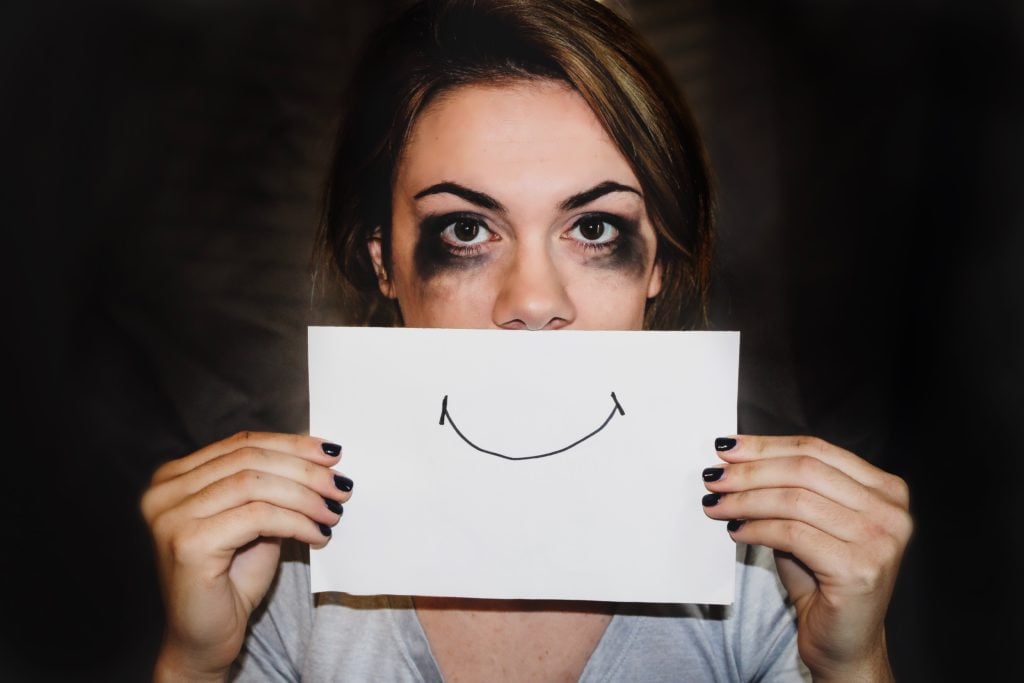
There is still a long way to go. Social giants may have no choice but to test features which curb social media addiction and excessive usage. Facebook insists you should not use the platform if you are under the age of 13, and WhatsApp similarly state you should not use the platform if you are under the age of 16, but this isn’t enforced.
Government Intervention
The Government is soon to produce a report outlining the first official guidelines on the maximum amount of time children should be spending on social media. Government intervention follows a 2017 Education Policy Institute Report which found a link between social media use and mental health issues.
The report found that 12% of children who spent no time on social media had symptoms of ill mental health. The figure more than doubled to 27% for those spending time on social media sites for more than three hours a day.
Theresa May governing Facebook?! Let’s not get ahead of ourselves, but we should remember that Governments seeking to regulate social platforms is an area for concern. Changes need to come from those who understand the platforms, acting out of experience and knowledge, not fear.
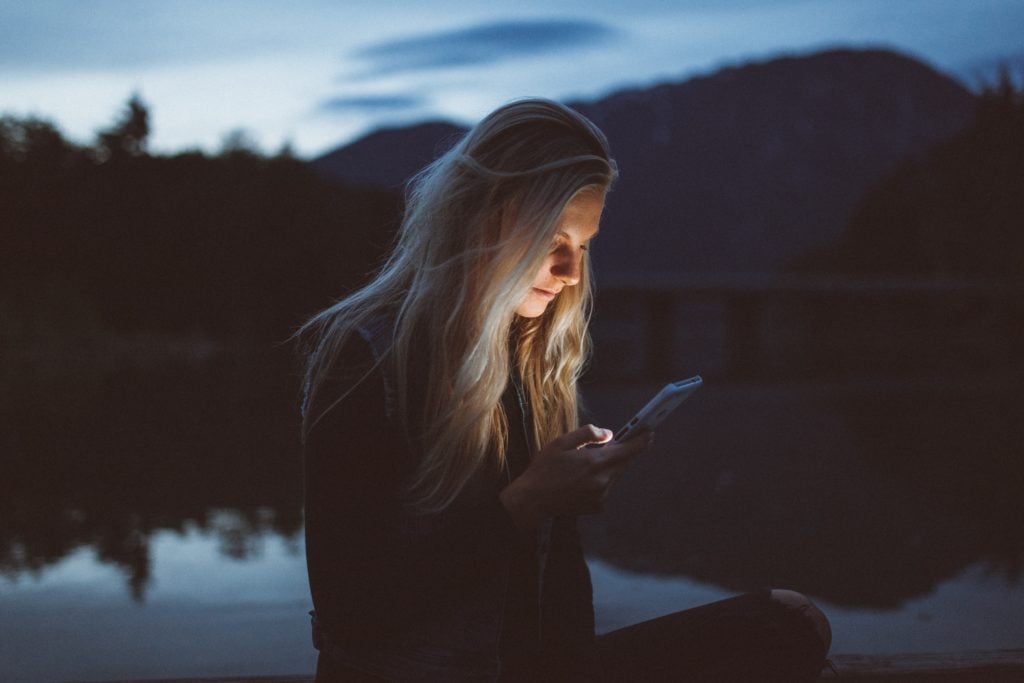
What does this mean for marketers?
Although it is understandable that brands could be fearful of talking about the topic of mental health insensitively, this doesn’t mean they should ignore the topic altogether. Social media is all about real life experiences, personalisation and stories. It is often this type of content which resonates with people and builds brand affinity.
Brands might start to link to blogs, sources of information or think about the negative impacts of their product to stimulate conversations. Representation is key, especially when it comes to lifestyle brands.
Showing diverse images of people better represents those who buy the product, reduces stereotypes and positions the brand as inclusive. The people selected to represent a brand should be from a range of backgrounds, experiences and ages.
Brands attuned to their audience’s daily lives and what affects them, are better equipped to change those audience’s perceptions of the brand and its values. Lynx partnered with CALM to create an out of home campaign, which raised awareness of male suicide and prompted discussion around more serious topics. Lynx adapted their tone of voice to speak directly to their male customers and demonstrate they understand the issues affecting them.
The key lesson for brands on World Mental Health Day?
Don’t be afraid to talk about mental health, do your research, know your audiences and stimulate meaningful conversations.
How a simple image sharing platform has changed entire industries
I remember getting Instagram. I remember downloading the app and following a few dozen of my friends. Inexpertly applying filters to overexposed photos on holiday in Portugal. Not writing a caption to accompany said photo – no hashtags or inspirational personal accounts of my day out. Getting a handful of likes. I thought it was all a bit pointless.
Fast forward four years and Instagram is the fastest growing social network in the world, with over a billion monthly users. The app continues to expand its offering, with Stories, IGTV and rumours of a standalone app dedicated to shopping in the pipeline.
Instagram has become so much more than an image sharing platform. People have forged hugely successful careers as influencers through Insta, and any marketer worth their salt understands the value it can add for brands. Instagram has become such a powerful force that whole industries are evolving to meet its demands.
Fashion
It’s no secret that the high-street has been struggling in recent years. The recession and continued austerity take the lion’s share of the blame, but as a new generation of consumers come of age, shopping as we know it could be doomed.
A recent study found that 72% of Instagram users have made a fashion or beauty-related purchase after seeing something on the app. Instagram’s Shop Now feature streamlines the transition from the consideration phase of browsing online to making a purchase, and makes partnering with influencers all the more attractive for brands.
New brands like Choosy and Hundred Club have emerged to service the demand for fashion trends that blossom on Instagram, while physical shops are adapting their stores to be more visually appealing for the snap-happy consumer.
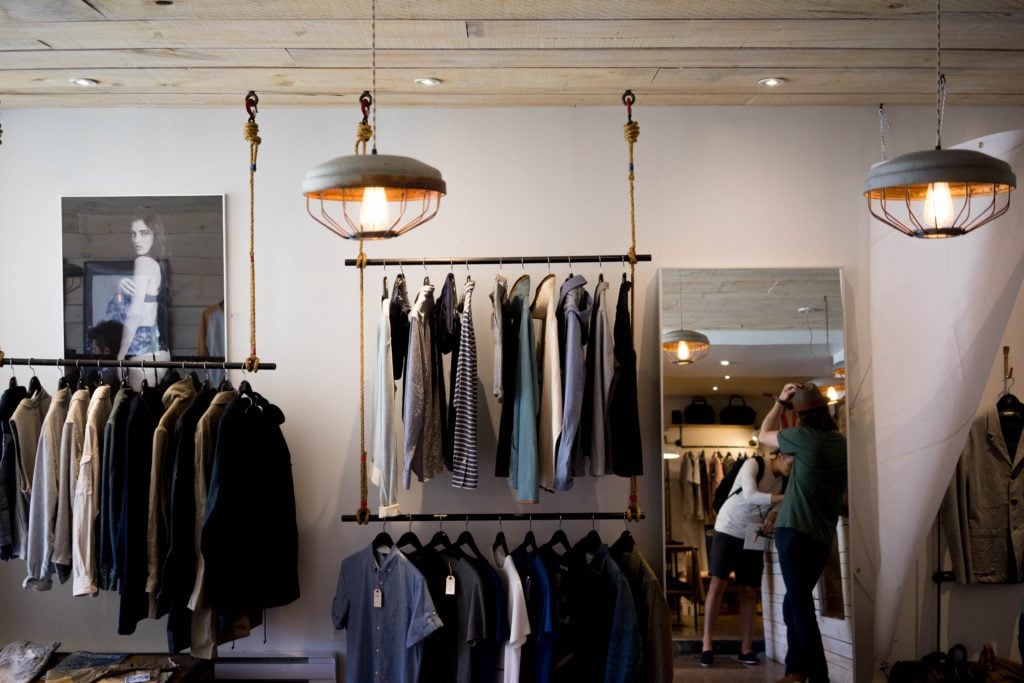
Travel
When it was reported earlier this year that Instagrammable destinations are the biggest priority when Millennials are choosing a holiday destination, it was hardly a surprise. Instagram-worthy means picturesque, and who doesn’t want that from a holiday?
But travel influencers have a lot to answer for, as a recent article reports. By posting beautiful photos of untouched and remote locations, influencers often inadvertently invite an influx of visitors who invariably damage or spoil the natural landscape.
Similarly, photogenic destinations like Machu Picchu, Santorini and the Sagrada Familia are so overrun with tourists trying to get the perfect Instagram snap, that local governments have gone so far as to introduce new laws freezing licenses for hotels and cruise ships to curb the endless flow of tourists.

Food and Drink
From cronuts and matcha lattes to freakshakes, beer ramen and smoothie bowls, food trends are increasingly led by Instagram, and the more photogenic your dish, the more likely it is to take off in a big way. According to the BBC, some chefs and restaurateurs have begun adjusting their menus to offer meals that look great on a smartphone screen.
The interior design of restaurants, bars and cafes is also a big factor for Instagram, with themed restaurants, neon signage and exposed bulbs rising in popularity partly thanks to how well they photograph. Pub landlords have even begun to spend thousands on Insta-friendly flowers to boost trade. If they want to fill tables, establishments can no longer rely on friendly service or flavour combinations but must create an aesthetic that appeals too.
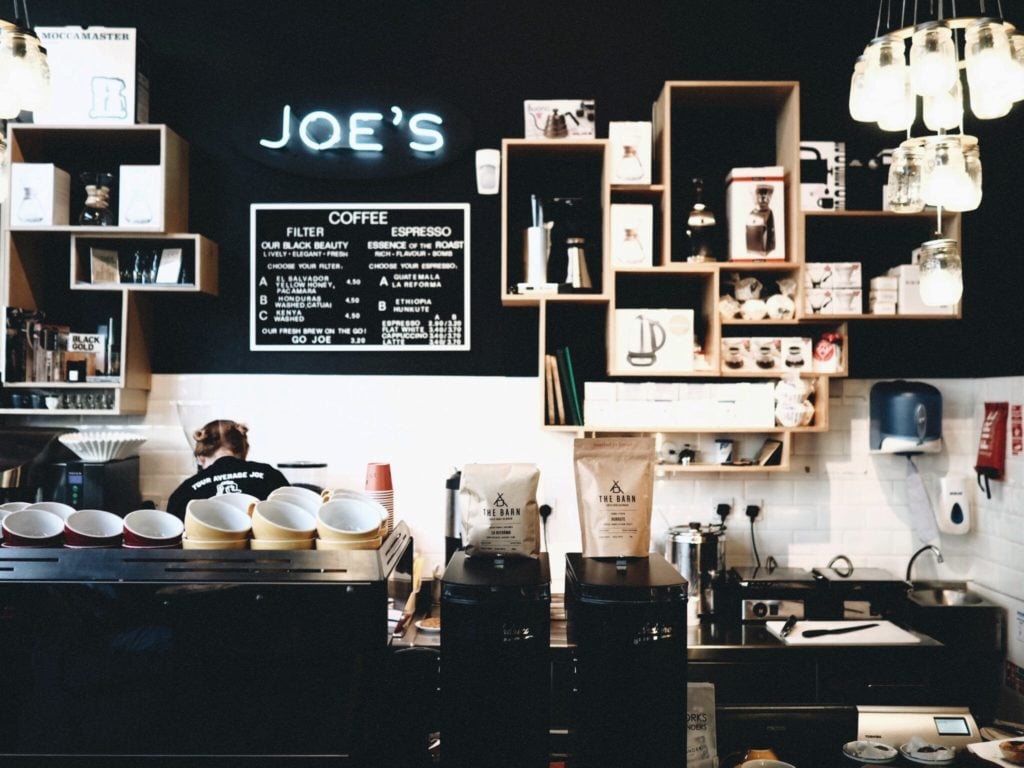
Perhaps the most infamous example was back in 2017 when Wendy’s responded to a Twitter user who asked how many retweets he would need for a year of free chicken nuggets. The tweet accumulated the most Retweets in Twitter history, and in turn, gave Wendy’s a lot of free PR. They achieved Twitter notoriety as well as repositioning themselves as fun and relatable – all at the bargain price of a year’s free nuggets.
Brands can no longer expect results from being tokenistic and spouting the same predictable marketing clichés. Consumers see more ads and promoted content than ever before. They don’t want to be sold to at every turn, no matter how much they like a brand’s products. By adding some humour, personality and sass to their social personas, brands can stay front-of-mind without becoming irritating or repetitive on social media.
But it can be difficult for brands to position themselves as funny, approachable and relatable, and it’s all too easy to put a foot wrong.
Talk the talk, walk the walk
Social media helps brands to connect with a new generation of consumers. Millennials and Gen Z watch less TV than previous generations and spend far more time online. But they’re also clued up and switched on, and they’re more concerned about a brand’s ethics than they are about their ability to poke fun of followers.
Brands need to tread carefully. A fluffy online persona shouldn’t be used to mask other less savoury behaviours. “Woke-washing” is the latest buzzword for brands that project a modern and progressive attitude while continuing to behave badly behind closed doors.
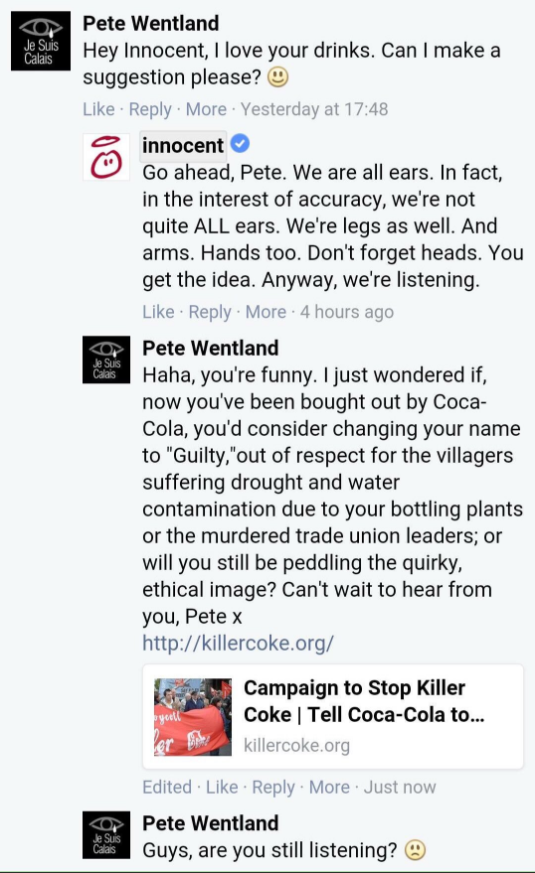
It’s great that brands want to champion good causes, whether that’s LGBT rights, female empowerment or environmental issues. But before shouting about it on social media or creating a catchy ad campaign to appeal to the socially-conscious consumer, they need to check that their own ethics stack up.
How do you do, fellow kids?
Brands can also make the mistake of latching onto viral memes, hashtags and other internet-jokes to stay relevant. Shoehorning your brand into a meme is only going to attract derision and ridicule. Brands that try too hard to be “down with the kids” risk being mercilessly mocked and could damage their reputation instead of improving it.
Part-time participation
Brands also need to work hard to maintain their online presence. Even a few days without posting content or responding to tweets could be detrimental in today’s fast-moving consumer landscape. Social media users expect instant gratification and quick responses. Fall behind and you might never catch back up.
Find out about our Social Media Management service today and let us help you improve your brand’s social media presence.
Social media is a valuable tool to promote and share your finished blogs, but did you know it can be just as helpful during the early stages of content creation? If you’re struggling to find inspiration for your next blog post, social media is a goldmine of blog topics, if you only know where to look.
Quora
If you want your blog content to add value to your site and contribute to an ongoing conversation in your industry, then Quora is the ideal place to start your search for blog inspiration. Internet users ask questions on every topic under the sun, which anyone with a Quora account can answer.
If people are having to ask the internet at large questions, it’s probably because there aren’t enough high-quality articles or blogs out there offering the information they need. You can plug that gap.
Search for questions around a specific keyword to find ideas for blogs. For example, by simply searching for “SEO” brings up questions like What are the best SEO plugins for WordPress? Will SEO die? And What are the main differences between SEO and SEM?
For an SEO agency, these questions can form the basis for a series of useful and insightful blogs. Use your expertise to answer the question on your own blog platform, and share your answer on Quora to drive traffic to your site.

Reddit is another great source for finding blog topics. You might never have delved into the world of Reddit before, but it’s the 26th top site in the world. It consists of communities and threads covering every niche and specialist subject imaginable, from Game of Thrones to bike repairs, and everything in between. And it’s a veritable gold-mine for content idea generation.
First, you’ll need to find a relevant subreddit. There will likely be several subreddits related to your niche, and becoming an active member of these communities is a great way to keep up to date with new developments and learn about your audience.
Subreddits will provide you with some great inspiration for blog posts on an ongoing basis. If a question is asked to the group which you know the answer to, an ongoing debate on an issue relevant to your industry, or simply something that someone shares that interests you, these can all form the basis of a great, useful, shareable blog post.
The best place to go to keep up with the freshest trending subjects and viral topics. If a news story breaks, you’ll hear about it first on Twitter. But it’s not just serious news topics, you’ll find sillier and more light-hearted hashtags develop daily, as well as recurring professional industry-specific hashtags.
If there’s a trending topic relevant to your field or your clients, make the most of it by turning it into a blog post. You’ll need a quick turnaround though, as Twitter trends move fast and you don’t want to be late to the conversation.
Twitter can also be useful for networking and building connections with experts in your field. You never know, some of them might be interested in contributing to your blog with an interview, quote or even a guest post!


